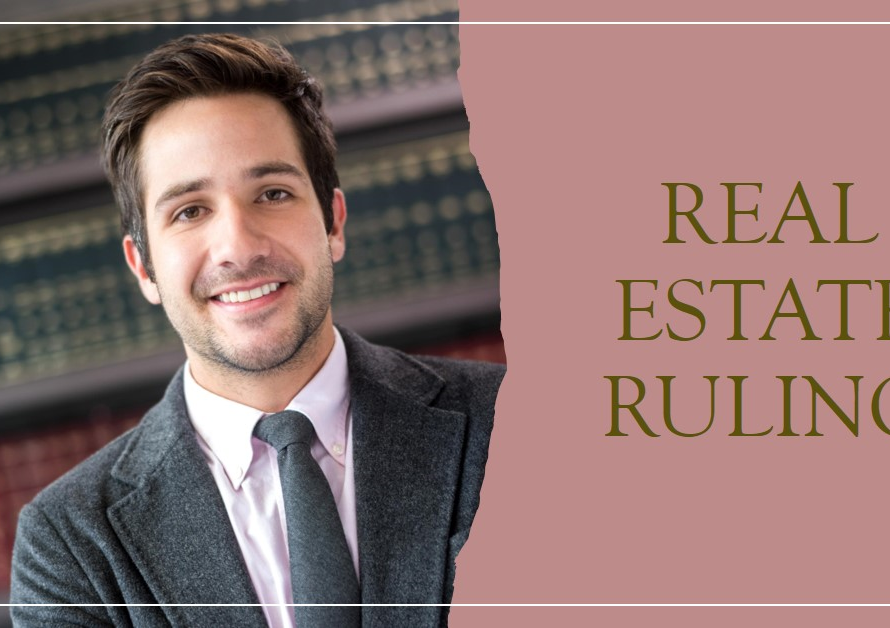
Table of Contents
Introduction: Real Estate
In the intricate world of real estate transactions, savvy investors are constantly seeking strategies to optimize their investments and minimize tax liabilities. One such strategy that often flies under the radar is the Like-Kind Exchange (LKE), also known as a 1031 exchange. This powerful tool allows investors to defer capital gains taxes on the sale of investment properties by reinvesting the proceeds into similar properties. In this blog post, we’ll delve into the practical insights of a real-life Like-Kind Exchange example, unraveling its complexities and uncovering the benefits it offers to investors.
Understanding Like-Kind Exchanges:
Like-Kind Exchanges, governed by Section 1031 of the Internal Revenue Code, enable investors to defer capital gains taxes when exchanging one investment property for another of “like-kind.” It’s essential to grasp the concept of “like-kind,” which doesn’t refer to the properties being identical but rather to their nature or character. For instance, a residential rental property can be exchanged for a commercial office building, or vacant land can be swapped for a shopping center, as long as they are held for investment or business purposes.
The Mechanics of a Like-Kind Exchange:
To illustrate the mechanics of a Like-Kind Exchange, let’s consider a practical example. Suppose an investor, Sarah, owns a residential rental property in a prime urban location that has appreciated significantly over the years. She decides to sell this property for $1.5 million, resulting in a substantial capital gain. Instead of facing hefty capital gains taxes on this gain, Sarah opts for a Like-Kind Exchange by reinvesting the proceeds into another investment property.
Identifying Replacement Property:
After selling her residential rental property, Sarah has 45 days to identify potential replacement properties that meet the criteria for a Like-Kind Exchange. This period, known as the identification period, requires careful consideration and due diligence. Sarah explores various options, including multifamily residential buildings, commercial office spaces, and mixed-use developments, weighing factors such as location, potential for appreciation, and cash flow.
Acquiring Replacement Property:
Once Sarah identifies suitable replacement properties within the 45-day window, she moves swiftly to acquire one or more of them. The exchange must be completed within 180 days from the sale of the relinquished property, creating a tight timeline for execution. Sarah works closely with real estate agents, brokers, and legal advisors to navigate the complexities of the transaction, ensuring compliance with IRS regulations and maximizing the benefits of the Like-Kind Exchange.


Benefits of Like-Kind Exchanges:
The advantages of Like-Kind Exchanges are manifold, making them a preferred strategy for many real estate investors. Firstly, deferring capital gains taxes allows investors like Sarah to preserve more of their investment capital, providing liquidity for further acquisitions or improvements. Secondly, by continuously exchanging properties through Like-Kind Exchanges, investors can effectively defer taxes indefinitely, leveraging the power of tax-deferred compounding to grow their real estate portfolios exponentially.
Case Study:
Sarah’s Like-Kind Exchange Journey: To illustrate the tangible benefits of a Like-Kind Exchange, let’s revisit Sarah’s journey. By deferring capital gains taxes through the exchange, Sarah preserves $300,000 in capital that would have otherwise gone towards taxes. This additional capital enables her to invest in a larger replacement property or diversify her portfolio by acquiring multiple properties. Furthermore, by continually reinvesting her gains through Like-Kind Exchanges, Sarah experiences accelerated portfolio growth and wealth accumulation over time.
Risks and Considerations:
While Like-Kind Exchanges offer significant tax advantages, they are not without risks and considerations. One potential risk is the availability of suitable replacement properties within the specified timeframe. In a competitive real estate market, finding desirable investment properties that meet the criteria for a Like-Kind Exchange can be challenging. Additionally, investors must carefully assess the financial implications and long-term viability of potential replacement properties to ensure they align with their investment objectives.
Conclusion:
In conclusion, Like-Kind Exchanges represent a valuable tool in the arsenal of real estate investors, offering a practical solution to mitigate tax liabilities and maximize investment returns. By understanding the mechanics, benefits, and considerations associated with Like-Kind Exchanges, investors can harness their power to build wealth and achieve their financial goals. As illustrated by Sarah’s journey, strategic utilization of Like-Kind Exchanges can unlock opportunities for portfolio growth and long-term prosperity in the dynamic landscape of real estate investing.


